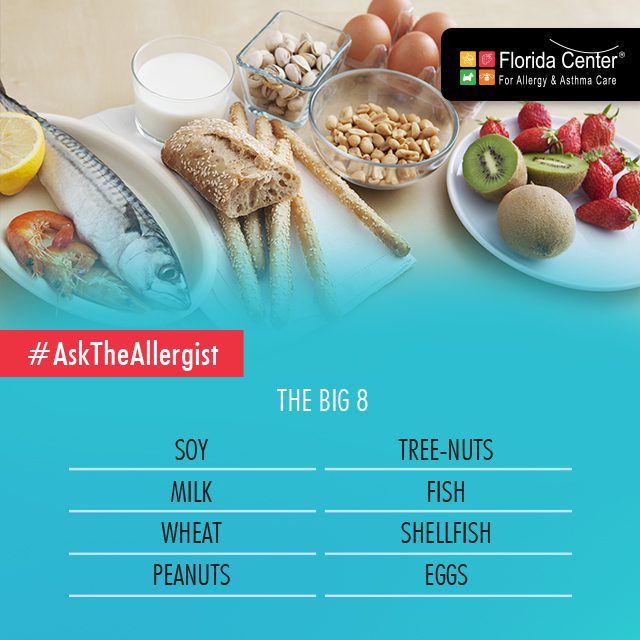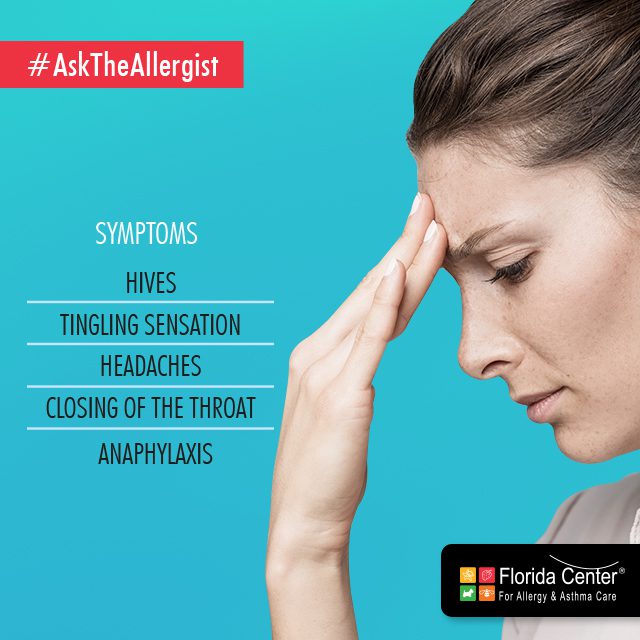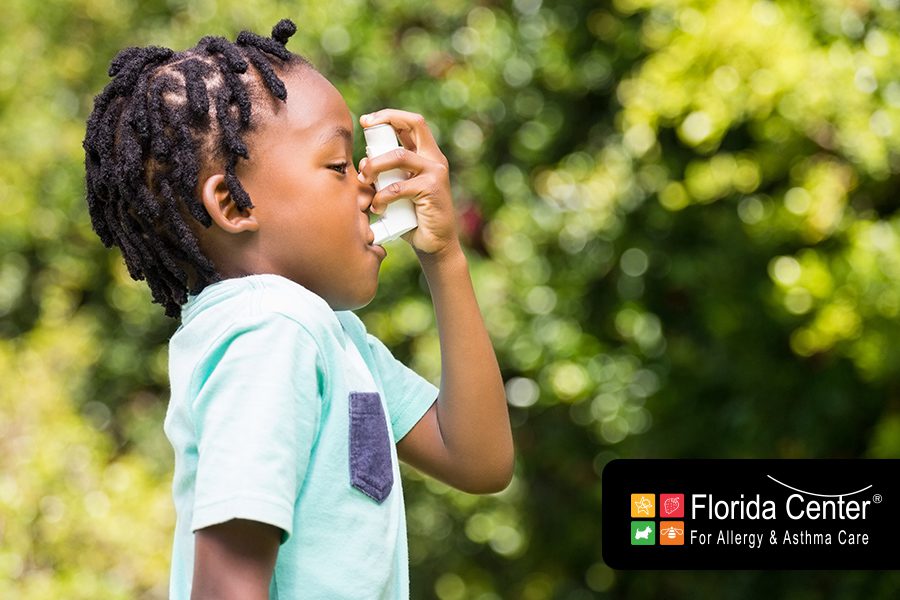The most salient questions about food allergies.
We have asked Dr. Jaime Landman to address some of the most important questions relative to food allergies.
In the last 20 years, the percentage of children allergic to food increased by 50: what has changed?
JL – There is not one reason, but one predominant thought is the “hygiene theory”, children grow up in environments that are too clean or sanitized and develop a weak immune system more prone to react to any foreign element they come in contact with.
Are food allergies preventable?
JL – The only way to prevent an allergic reaction is to avoid the food, or allergen, that is known to cause a reaction. The medicine that can save a patient from a life-threatening reaction is epinephrine.
What are the foods one can be allergic to?
JL – Any food can potentially cause an allergic reaction, but The Big 8 are the most common foods: soy, milk, wheat, peanuts, tree-nuts, fish, shellfish, and eggs.
How do I know if I have a food allergy?
JL – If you have experienced any of the symptoms such as hives, tingling sensation, headaches, and/or closing of the throat, the allergist is the specialist to go and get tested. The diagnosis is based on symptoms, medical history, a complete physical exam and skin testing.
Is there one treatment for food allergies like antibiotics for an infection?
JL – Unfortunately, there are no allergy shots or medications to take. Avoidance is the number one rule. Always have your epinephrine auto-injector available.
Is avoiding the food one is allergic to sufficient to avoid a reaction?
JL – A reaction is commonly caused by ingesting the food, but also by coming in contact with the protein causing the flare-up. It’s called cross-contamination: the protein one is allergic to can be passed by touch (hand, lips) and contaminate a recipe or a plate that otherwise would be safe.
What’s the scale of reactions possible from food allergies?
JL – The most severe is called anaphylaxis: it may occur from almost immediately and up to 48 hours after ingestion or contact, it can rapidly escalate and manifest symptoms on skin, mouth, throat, lungs, brain, eyes, and guts. The non-life threatening reactions may affect the digestive system (vomit or diarrhea) and the skin (itchiness, dermatitis). In case of Oral Allergy Syndrome (when the proteins contained in the food are similar to the one contained in the airborne allergen) signs may include swelling of the lips and itchiness of the mouth or the throat, but it’s still a non-life threatening.
Can I have food allergy and also asthma?
JL – Yes. Potentially a risk factor of having food allergies is to also suffer from asthma. Having asthma can also increase the severity of anaphylaxis. If you have both, you should follow your doctor’s action plan, carry your quick-relief inhaler and epinephrine auto-injector at all times. In case of a reaction, unsure if it is asthma or anaphylaxis, use epinephrine. Epinephrine can treat both anaphylaxis and an asthma attack.







